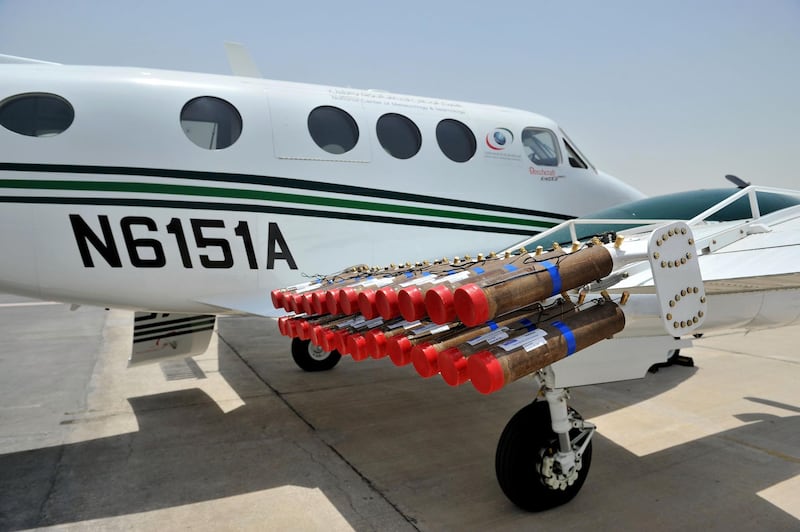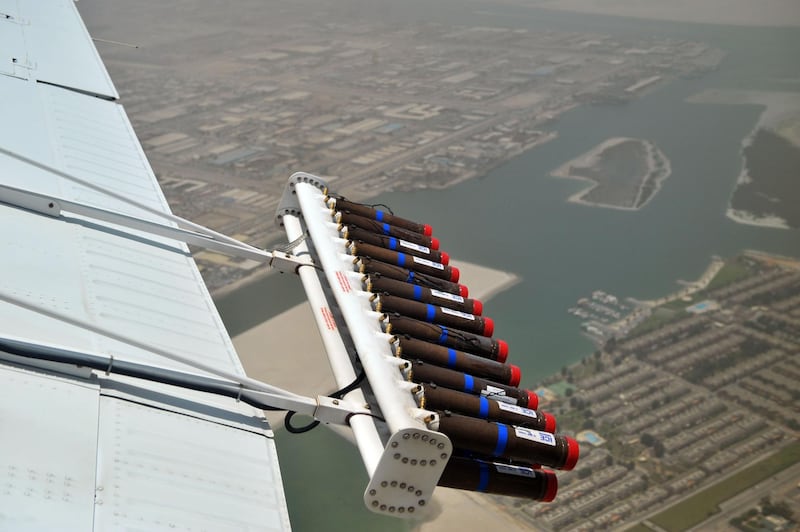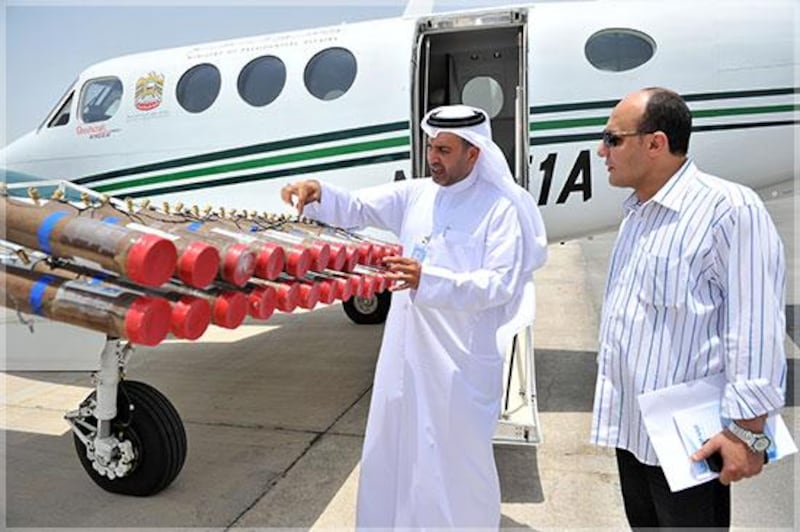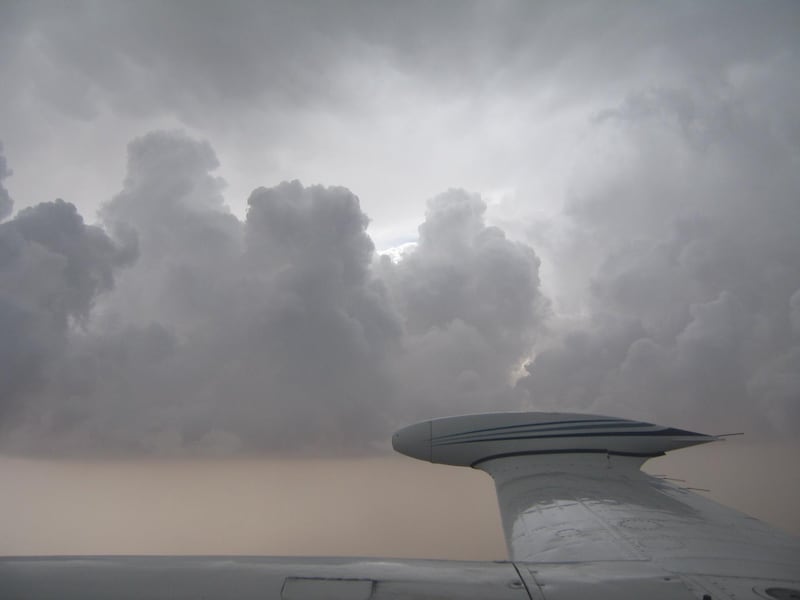A version of this article first appeared in March 2020
Every time it rains in the UAE, some residents are quick to speculate that the wet weather was caused by the country’s cloud-seeding programme.
But even academics who have been working on rain-enhancement techniques for years admit that they still do not fully understand how best to encourage the heavens to open.
The UAE has recently been hit by a barrage of bad weather, with downpours seen in Al Ain, Baniyas and the east coast in Ras Al Khaimah and Fujairah, while there was rain in Abu Dhabi and flooding in Ghantoot at the beginning of July.
What is cloud seeding?
First of all, it is not nearly as simple as sending up planes to inject chemicals into clouds.
“Cloud seeding is a very complicated operation that needs a lot of scientific investigation to really understand the fundamentals of it,” said Lulin Xue, chief scientist at the Hua Xin Chuang Zhi Science and Technology group in China, who is carrying out research on cloud seeding in the UAE.
“Especially for the convective cloud [formed by the process of warmer air rising], the cloud itself is very dynamic, which means if you change certain things of the cloud, it can have consequences that are very complicated to understand and using observation itself, it’s very difficult to quantify these effects.
How cloud seeding works
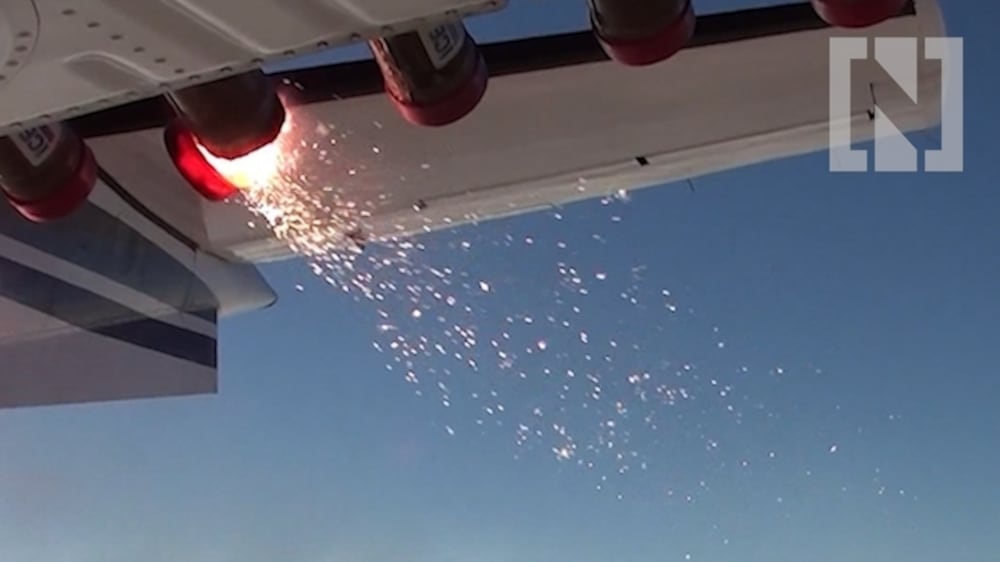
“We try to use experiments both in the laboratory and in models to really understand what's going on and then we can translate that knowledge into operation and help the UAE's cloud seeding.”
How effective is cloud seeding?
One of the major problems, Mr Lulin said, is that no two clouds are the same.
Clouds that form over mountains are different from those that appear over low-lying areas, meaning they react differently to cloud-seeding efforts.
The size of the seeding particles — usually consisting of salt crystals — can have an effect on rainfall, while the quantity of the material also has a bearing.
Delivering more material into clouds, however, does not necessarily translate into more rain.
In fact, the whole process can backfire, meaning less rain would fall than would have otherwise occurred if there had been no intervention.
Scientists are working on complicated computer simulations to better understand the optimum intervention for different cloud types.
However, they are unsure if they will ever fully master cloud seeding, not least because they have no way of knowing how much extra rain they have helped produce.
“I don't know how the technology will advance in the near future,” said Mr Lulin, who has been conducting research on rain-enhancement methods for around a decade.
“But in the foreseeable future I would say it’s very difficult to completely quantify and completely understand.”
How does cloud seeding in the UAE work?
Mr Lulin said the UAE has particularly “complicated” clouds.
“UAE clouds, when they develop, are harder to predict because you have so many components to fit in,” he said.
“If the cloud forms close to a mountain, they are static, and you can observe them more carefully.
“The moving cloud here … it's so complicated. We also have a lot of sea salt, aerosol and dust. These affect how clouds form and develop, in ways which may not be so obvious.
“So with these complications, we do need a lot more effort to understand.”
Cloud seeding has been going on in the Emirates for decades. It is hoped that within 18 months the work of Mr Lulin and others will provide a more comprehensive understanding of the process in the country.
But for now, the scientist is reluctant to put a figure on how effective the research is, or how much extra rain the programme produces.
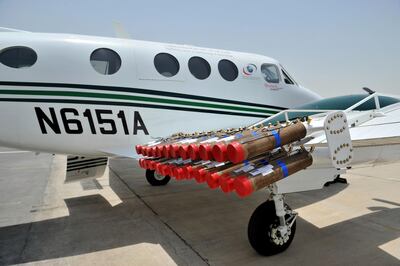
He said storms like the ones seen in the UAE in early January, which caused widespread flooding, were not caused by cloud seeding.
“In my opinion, it is difficult for just cloud seeding alone to generate huge amounts of precipitation,” he said.
“It must be natural conditions that are suitable. Maybe cloud seeding can enhance a bit of that, but how much, we don’t know.”
Not all countries have the same problems as the UAE, which is usually arid.
Edward Graham, a meteorologist at the University of the Highlands and Islands in the UK, is based on Stornoway on the Isle of Lewis, off the north-west coast of mainland Scotland.
There, it rains three days out of every four and it is getting even wetter, for reasons that have yet to be understood.
“If you’re feeling it’s a little too dry here, a little bit too sunny, I’m certainly feeling it’s a little bit too wet in Scotland,” Dr Graham told delegates.
“We have something you want, you have something we want, so let’s do some business.”
